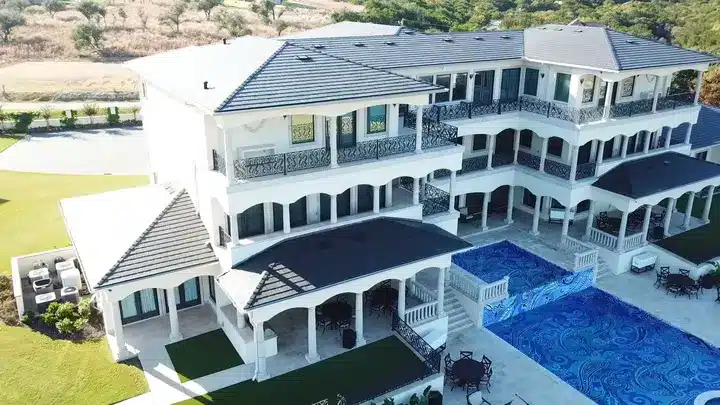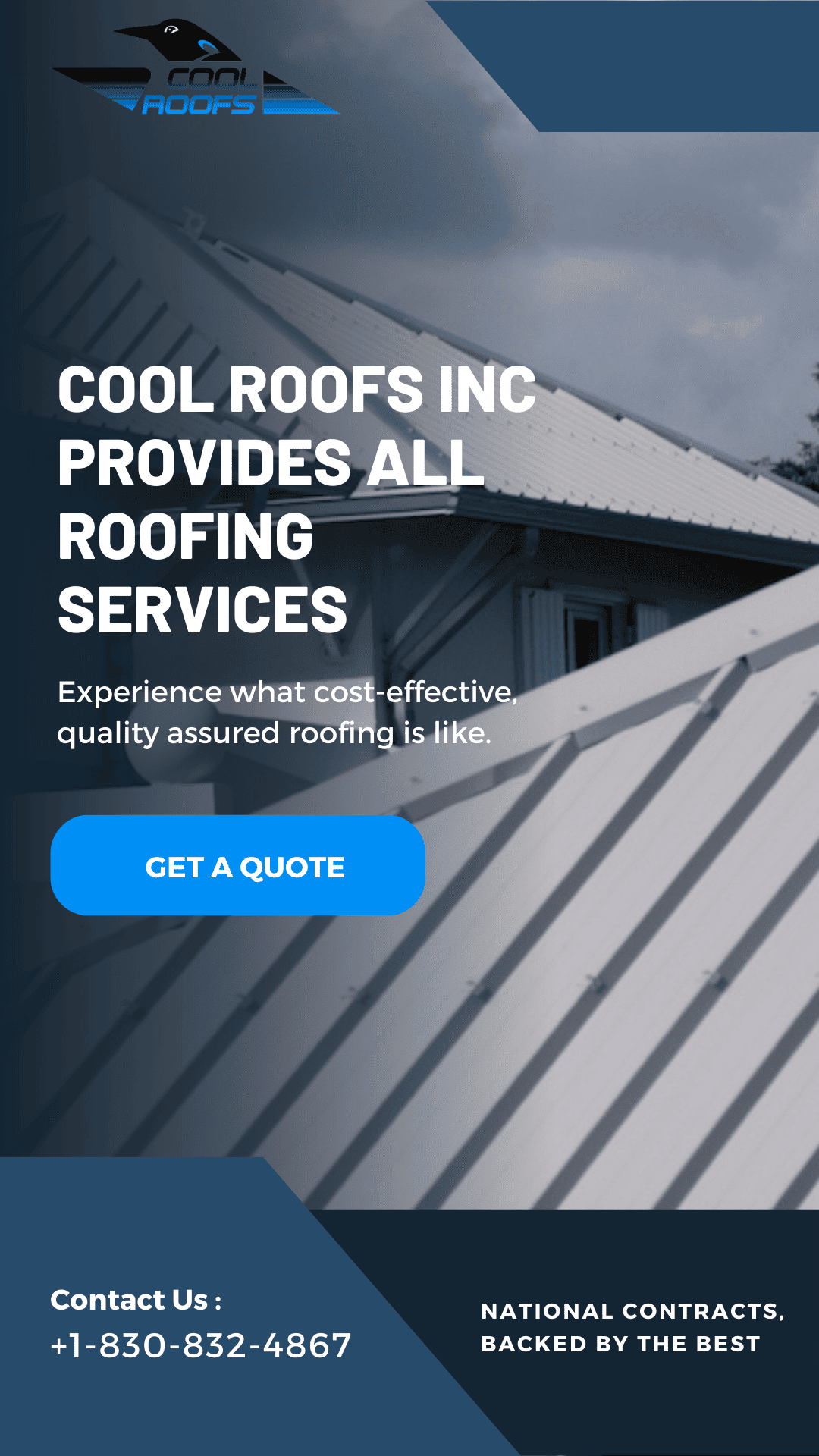Here is the updated content with the missing headings and paragraphs:
Cool roofs are designed to reflect more sunlight and absorb less heat than traditional roofing materials. This can lead to significant energy savings, as the building requires less cooling during hot weather.
By reducing the overall heat absorption of the roof, cool roofs can also help mitigate the urban heat island effect, which is the phenomenon where cities experience higher temperatures than surrounding rural areas.
When selecting a cool roof, it's important to consider factors such as climate, building type, and budget. Different cool roof materials, including reflective coatings, tiles, and metal, offer varying levels of solar reflectance and thermal emittance.
A professional roofing contractor can help evaluate the best cool roof solution for your specific needs, taking into account local building codes, energy efficiency requirements, and long-term maintenance considerations.
Proper installation is crucial for ensuring the optimal performance of a cool roof. This includes ensuring proper ventilation, sealing any gaps or cracks, and following the manufacturer's instructions for the specific cool roof system.
Regular maintenance, such as cleaning the roof surface and addressing any damage or wear, can help maintain the reflective properties of the cool roof over time, maximizing the energy savings and environmental benefits.
Many local and federal government programs offer incentives and rebates for homeowners and businesses that install cool roofs. These can include tax credits, energy efficiency rebates, or other financial assistance to help offset the initial cost of the cool roof installation.
Consulting with a roofing contractor or researching available programs in your area can help you identify and take advantage of these cost-saving opportunities when upgrading to a cool roof.

